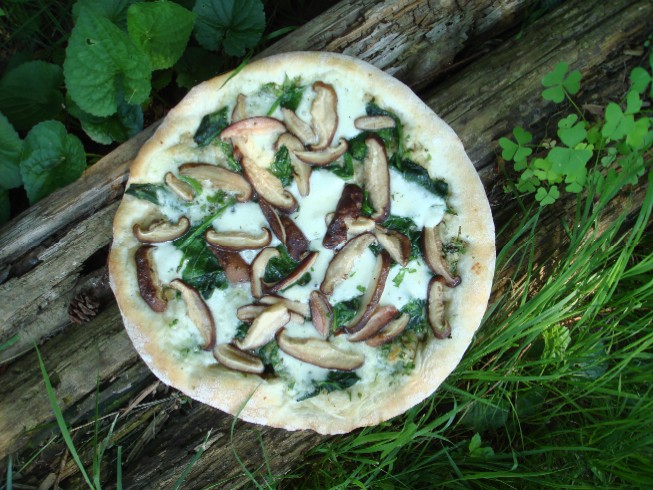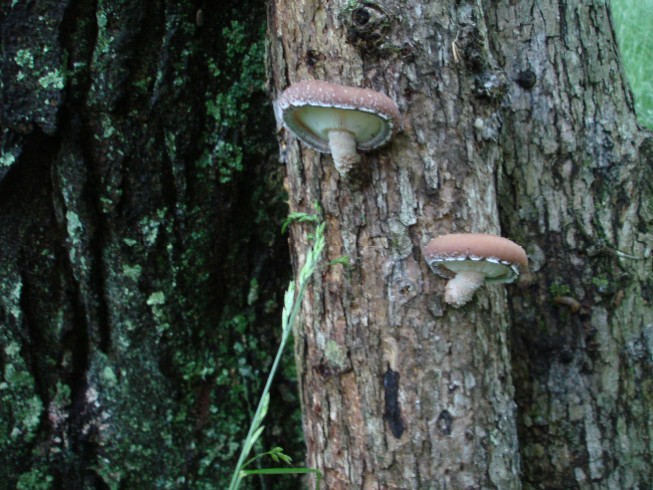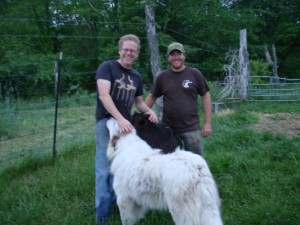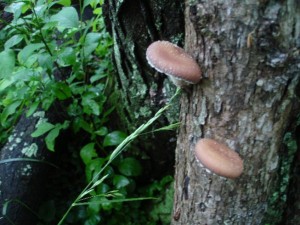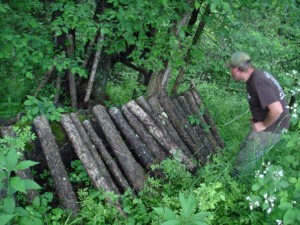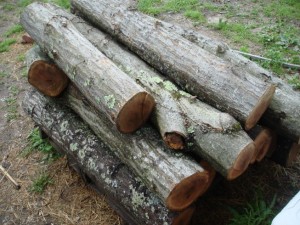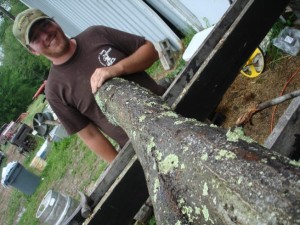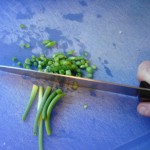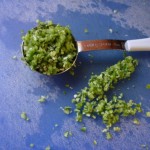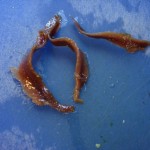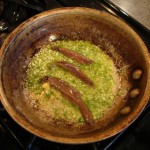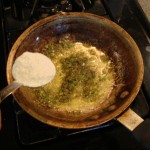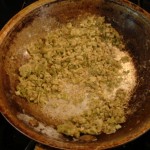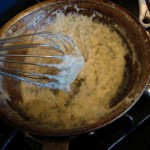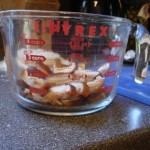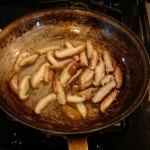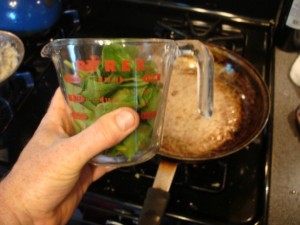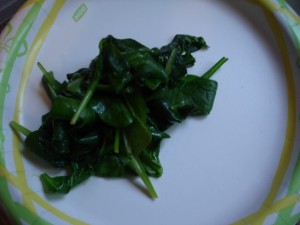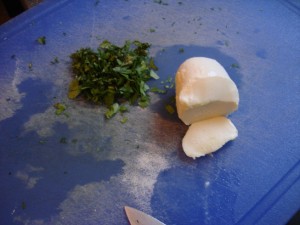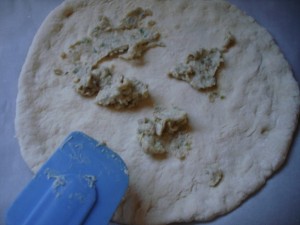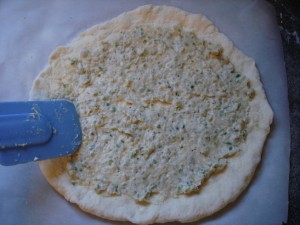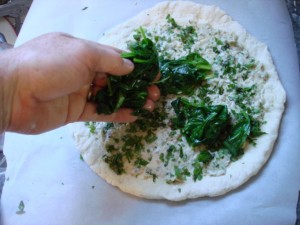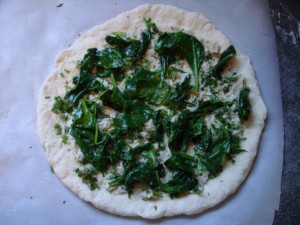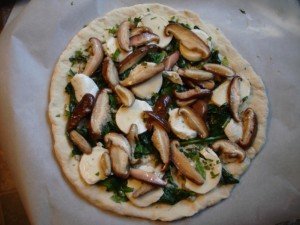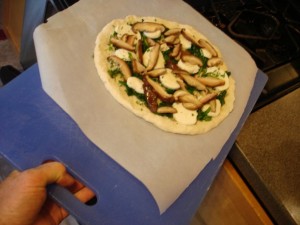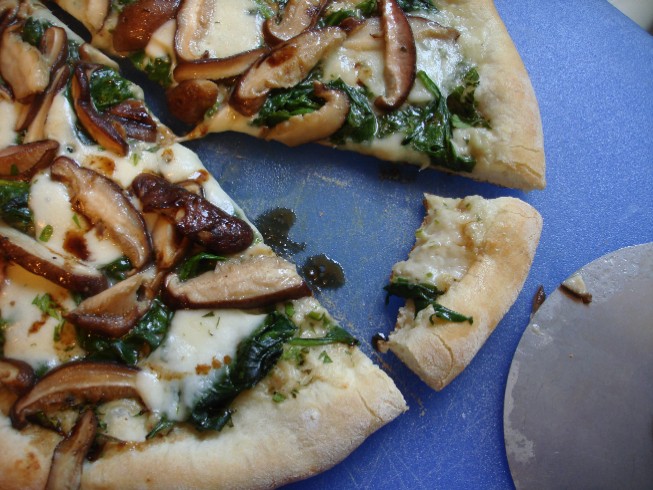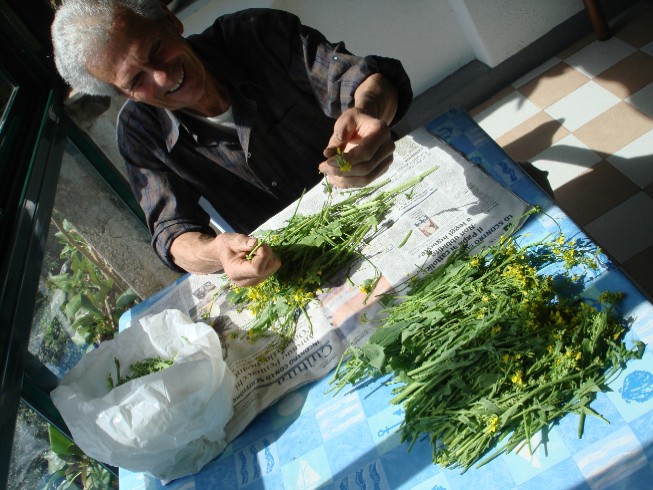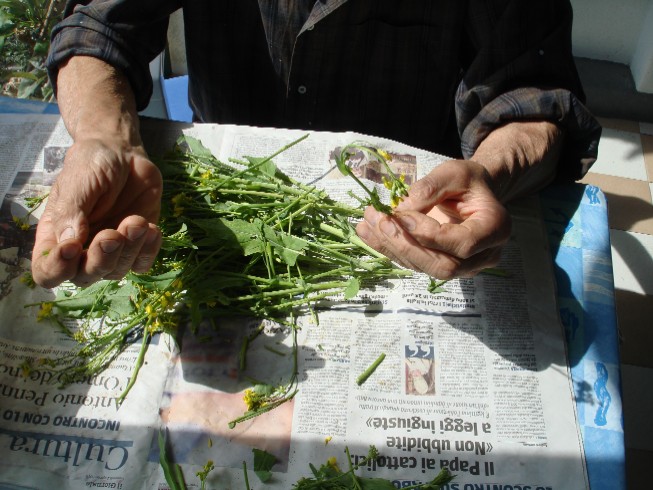When I was stationed at Atsugi, Japan in the ’80’s, I hiked deep into the forests, where I would come upon shiitake “farms.” Not really farms at all, but what looked like a jumble of 9- to 12- foot logs with mushrooms bristling from every square inch. They were usually stacked like lincoln logs in a cosy nook to take advantage of as much shade as possible. These operations seemed clandestine in nature and reminded me of the illegal stills in the mountains of North Carolina. I didn’t want to run into a guy named Cletis with a shotgun, so I hauled ass.
I never really thought much about those mushrooms again until my service in fine dining restaurants. In the 70’s and much of the 80’s, the French restaurants where I worked never this kind of mushroom, opting for the chanterelles, morels and oyster mushrooms. It wasn’t until the veritable slow death of “Total French” cuisine late ’80’s (yes, I saw firsthand the drop in attendance at really great joints like Le Ciel Bleu, Le Prince, and C’est C ‘Bon) that I saw broad use of shiitakes. Lots of Asian-French fusion places opened at that time, and younger, more adventurous chefs like Charlie Trotter came onto the scene in full force. These chefs weren’t as prejuduced about the use of new Asian ingredients and even sought out items like the shiitake.
The Goon, Matt Starline, Buttercup the cow and Bruno the sheepdog. Drillin into oak is not as easy as it seems.
Our local shiitake and organic produce guru, Matt Starline, who with his wife Angie, owns and operates Starline Organics, is my usual supplier of some of the most meaty and tasty shiitakes ever. They have some of the greatest veggies at the Athens Farmers Market, showing their commitment to local farming. Matt is always a great source for shiitake of almost portabello proportions. These mushrooms aren’t the wimpy, flat jellyfish shiitakes at the store or the all too-small dried ones at the Asian market.When these meaty giants get that big, they are perfect for the grill with a fabuous yakitori treatment. (A barbeque sauce made with reduced soy, sake, and sugar.)
Shiitake logs start producing early. Matt checking other white oak shiitake logs.
This day I come bearing gifts in the form of some 500 plus wooden plugs of shiitake, maitake and oyster mushrooms. These plugs contain the growth mechanism for manys years of mushroom crops. After trading them with some of the Amish for some bodaciously fresh oak logs, Matt showed me how to innoculate the logs for shiitake growth in 6 to 9 months’ time.
The logs, the man, and the shiitake plug next to a waxed hole.
First we had to drill holes just large enough to pound these plugs in, then seal them with canning wax. “No prob,” said I, “Should only take 30, maybe 40 minutes tops.” Boy, was I wrong. The drilling and pounding continued for hours on end until the last of the plugs laid nestled inside the logs. The maitake logs will get partially buried to produce, but the shiitake and the oyster will be soaked, stacked, then when time comes to produce, soaked again.
Matt took me out to his “Shiitake Back 40.” Man, this place is beautiful.
I decided to make a shiitake pizza with a Béchamel sauce made with garlic tops, anchovy, flour and milk. Then I’ve added sauteed baby spinach, fresh basil, flat leaf parsley and fresh mozzarella for a particularly fresh and creamy shiitake pie. It took all my might to hold back on the Parmesan on this pizza because, well, my mom always said “Two umami’s don’t make a right.”
Using the Easy Dough Recipe on this blog, make 2, 7-ounce dough balls. Put one in the freezer for use later.
Bechamel sauce:
1 tablespoon extra virgin olive oil
1 tablespoon garlic tops minced fine (or half a tablespoon minced garlic)
2 canned (in oil) anchovy filets
1 tablespoon flour
3/4 cup milk
Pizza topping:
1 tablesoon extra virgin olive oil
1.5 cups shiitake mushrooms, de-stemmed and cut into strips
2.5 cups fresh baby spinach
4 to 5 small basil leaves
8 to 12 leaves Italian flat-leaf parsley
2 to 2.5 medium balls of fresh mozzrella
Balsamic vinegar (optional)
Over medium heat, saute the garlic tops for 1 minute in the olive oil. Add the anchovy filets. Saute for 2 more minutes, stirring with a wooden spoon and crushing the anchovy filets until disintegrated.
Add the flour a little at a time, until it has soaked up the olive oil. Using a metal tablespoon(easier than the thick wooden spoon), stir the almost dry paste . Cook the mixture for 3 minutes. You will start to smell the flour cooking. This is good. The flour will also turn a tad golden.
Add the milk, a little at a time, while using a whisk to incorporate the flour into the liquid. Turn heat to low. It will become a thick paste after only 2 more minutes if whisked properly. Turn the heat off when you have the consistancy of thick paste. Remove from heat. (In case you are wondering, thick bechemel is the best for pizza because of the tendency of any milk-base sauce to run and ruin any crust.Trust me, I’ve ruined more damn piz… well, just trust me on this one.)
Preheat oven to 475 degrees with an upside down cookie sheet place on the middle shelf of your oven.
Add extra virgin olive oil to a pan on high temperature. Just when the oil starts to smoke, add the shiitake mushrooms. Saute for less than a minute and place on a plate, leaving as much oil in the pan as possible.
Place the pan back on the burner and add the baby spinach. Turn off the heat and toss baby spinach in the remaining mushroom oil. If you are not comfortable with the hydration in the pan, tip the plate, holding the mushrooms, and add the juice to the spinach. Keep tossing until the spinach is wilted.
Chop the basil and flat-leaf parsley and mix, producing one tablespoon of chopped herbs. Cut fresh mozzarella into rounds.
Form the pizza out of the 7 ounce ball into a 10 inch round. (Don’t worry if you can only get 9 inches out of it. Just don’t rip it.) Place the dough on parchment paper. Using a spatula, spread the Béchamel sauce on the dough. As with any thick sauce, use small dollops near the edge first, and pull outwards toward the crust. This procedure does take time. Please don’t get frustrated.
Sprinkle the chopped herbs on the sauce. Then add the spinach. Place the rounds of mozzarella on the pizza.
Add the shiitakes and place on the upturned cookie tray in the oven. Use a cutting board as a pizza peel.
Bake for 10 to 12 minutes. Spritz with a bit of Balsamic vinegar if you want but never, never take a bite before serving to your loved ones. (If you do, just put the slice back, they’ll never notice!)

